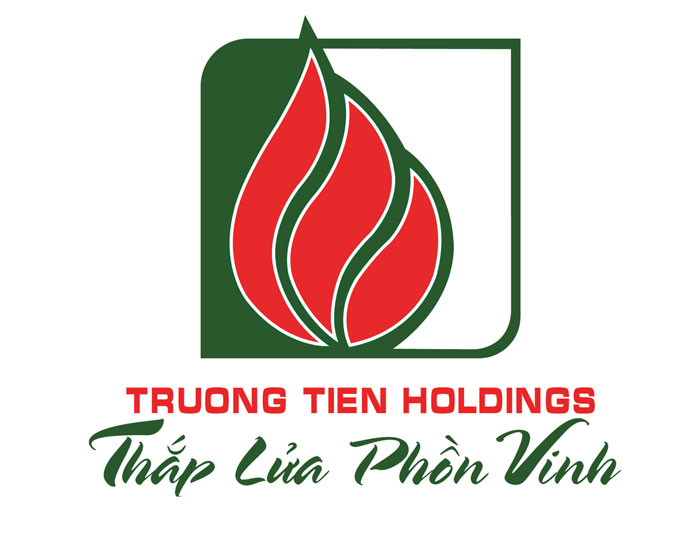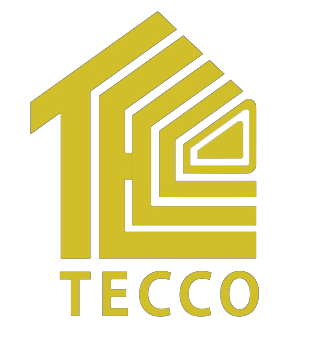Tourist attractions in Vientiane
Vientiane is the capital city of Lao, a country known as a kingdom of Lan Xang Hom Khao (Million Elephants and White Parasols). The Laotian capital offers amazing Buddhist art, graceful temples and lovely gardens with the huge collection of statues, Buddhism and Hinduism relievos.
1. Pha That Luang

Located in the center of Vientiane, Pha That Luang (“Great Stupa in Lao”) is one of the most significant monument in Laos. The stupa has several terraces with each level representing a different stage of Buddhist enlightenment. The lowest level represents the material world; the highest level represents the world of nothingness. Pha That Luang was built in the 16th century on the ruins of an earlier Khmer temple, then it was smashed by a Siamese invasion in 1828, then later reconstructed by the French in 1931.
2. Lao National History Museum
The National History Museum of Laos, which stands here in Vientiane, isn’t exactly a quality museum, but it is extremely interesting and a good start to your travels through the country. It tells the history of Laos but in a very subjective way. Here you will find several “comrades” like Lenin, Marx and Ho Chi Minh. There’s an obvious opinion about the French and the Americans. And you will come across thousands of Buddha statues, locked away behind bars. It’s an interesting, nice, quiet stroll on the hottest hours of the day.
3. Patuxai

Patuxai (Victory Gate or Gate of Triumph) is a war monument in the centre of Vientiane, Laos, which was built between 1957 and 1968. The Patuxai is dedicated to those who fought in the struggle for independence from France. In romanising the name from the Laotian language, it is variously transliterated as Patuxai, Patuxay, Patousai and Patusai. It is also called Patuxai Arch or the Arc de Triomphe of Vientiane as it resembles the Arc de Triomphe in Paris. Patuxai is sometimes known as the “vertical runway” because it was built with American money and materials intended for a new airport. Visitors can climb up to the 7th story for a nice view of Vientiane.
4. Wat Sisaket
Located on the Sethathirath, near Lan Xang Road, Wat Sisaket is the only temple surviving in its original shape from 1818, built in the order of King Anouvong in Siamese style of Buddhist architecture. Wat Sisaket impresses travelers by its cloister wall decorated by over 2000 ceramic, silver, golden, valuable timber Buddha images. There are 6840 valuable Buddha statue varying size and style ware found in the temple. It opens daily from 8 a.m to 4 p.m.
5. Buddha Park

Buddha Park, also known as Xieng Khuan, is a sculpture park located 25 km southeast from Vientiane, Laos in a meadow by the Mekong River. Although it is not a temple (Wat), the park may be referred to as Wat Xieng Khuan, since it contains numerous religious images.The name Xieng Khuan means Spirit City. The park contains over 200 Hindu and Buddhist statues. The socialist government operates Buddha Park as a tourist attraction and public park.
It is open everyday from 8 a.m to 6 p.m. Tourists can reach the park by public bus or tuk tuk.
6. Wat Si Muang
Located near the eastern entrance to the city centre, on the road leading from the Friendship Bridge to Thailand, the small temple was built on the ruins of a Khmer Empire Hindu shrine, the remains of which can be seen behind the ordination hall.
The temple is known for giving luck and fortune, and many people come from near and far to pray and receive blessings from the monks. Several variations of the legend behind the temple abound, but according to the Tourism Laos website, a young pregnant woman named Si sacrificed herself by jumping into a hole and a pillar was built over her body. It is believed her spirit guards Wat Si Muang.











.jpg)






